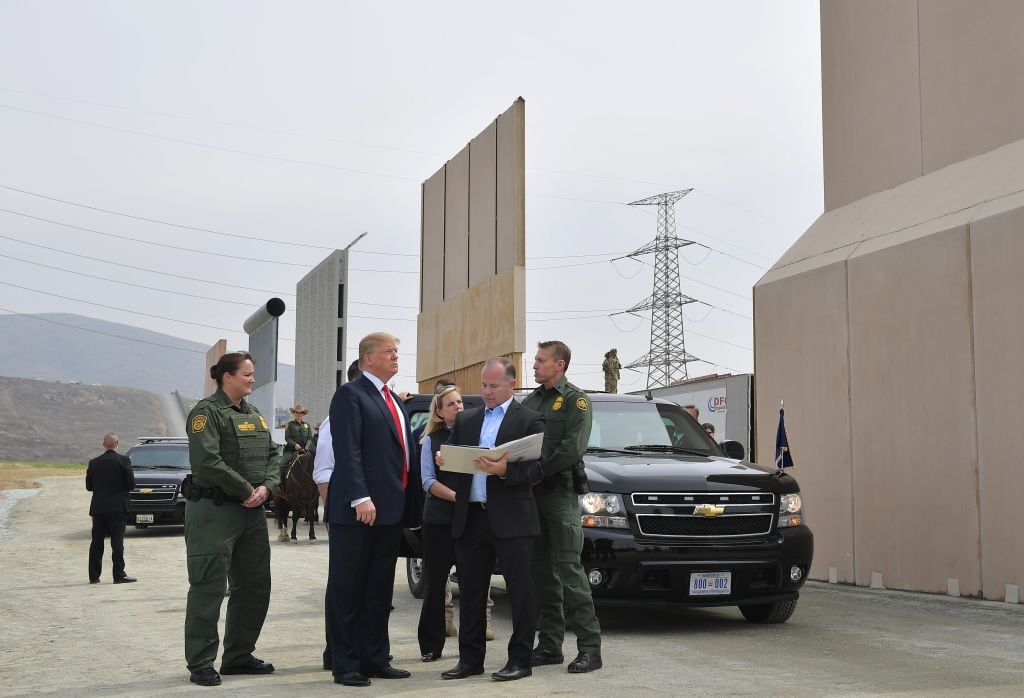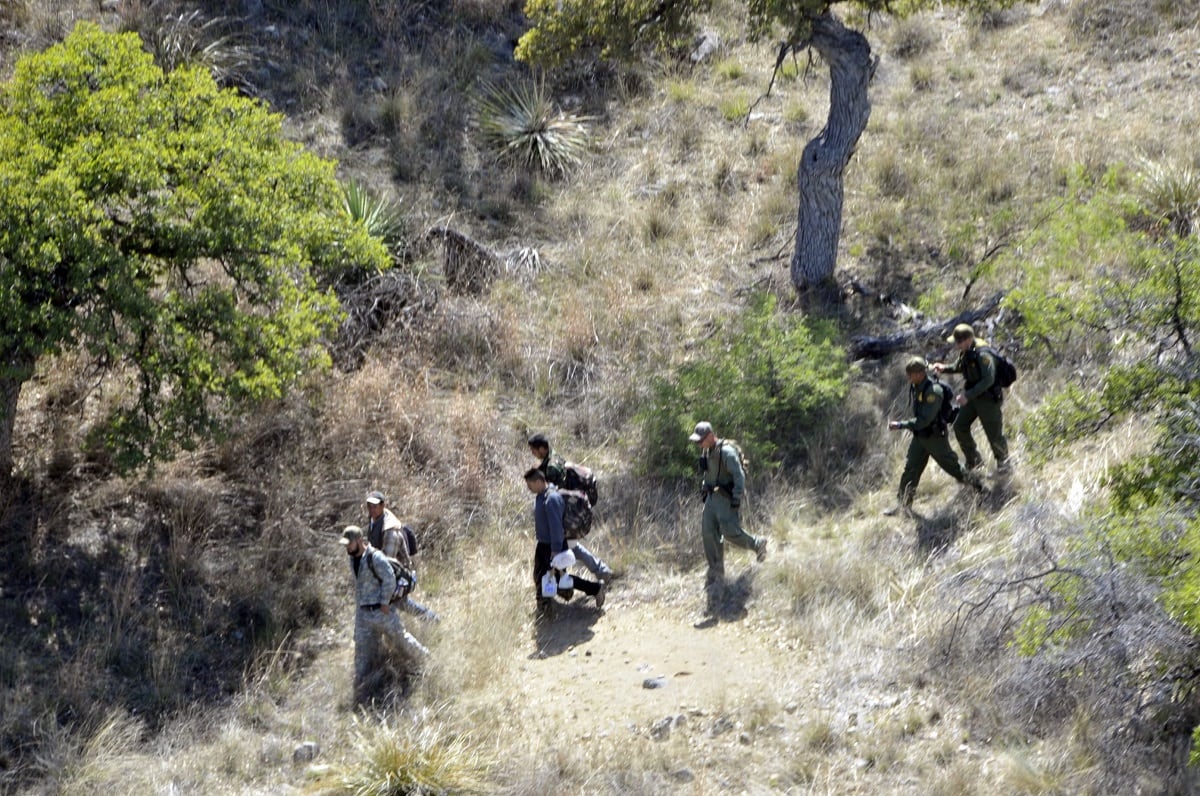The National Guard has about 2,100 troops working along the U.S.-Mexico border as a caravan of thousands of migrants approach from Central America in a direct challenge to President Donald Trump’s immigration policies.
On Monday, Trump lashed out at the caravan, calling it an “assault on our country” and vowing to send as many additional troops as necessary to the border to stop them, according to USA Today.
The now estimated 7,000 migrants have reached southern Mexico. They are traveling mostly by foot on a route that originated with about 200 initial migrants seeking to escape gang violence in Honduras.
In April, Defense Secretary Jim Mattis authorized that as many as 4,000 troops could be sent to the border pending approval of participating state governors. The memo allowed for the cost of the deployment to be reimbursed through federal funds, but also limited the National Guard’s role, prohibiting guard forces from interacting with any of the migrants or taking on a law enforcement role.
RELATED

DoD has not received a request from the White House for additional forces beyond the 4,000, a defense official said.
Almost all of the 2,100 Guard forces already dispatched to the border were sent by four states: Texas, California, New Mexico and Arizona; with Texas supplying about 1,000 of the total Guard presence.
The 1,000 Texas Army National Guardsmen dispatched are not armed, said spokesman Maj. Joshua G. Amstutz. The forces are not in law enforcement roles, they are back-filling key roles such as running motor pools, so most Customs and Border Protection Agents can be working the border.
Those support roles include “aerial detection, maintaining and repairing vehicles, and providing logistical support so that the Border Patrol is able to get badges back on the border to enforce the law,” Amstutz said.
RELATED

Trump has also looked at using the military to help construct a wall between Texas and Mexico. There are already portions of a border wall all along the Texas-Mexico border.
The Pentagon has also said it is looking at ways it could bolster barriers on its training territory, possibly by reinforcing existing barriers along more than 20 miles of military lands along the U.S.-Mexico border at the Barry M. Goldwater Training Range in Arizona.
The Associated Press contributed to this report.
Tara Copp is a Pentagon correspondent for the Associated Press. She was previously Pentagon bureau chief for Sightline Media Group.





